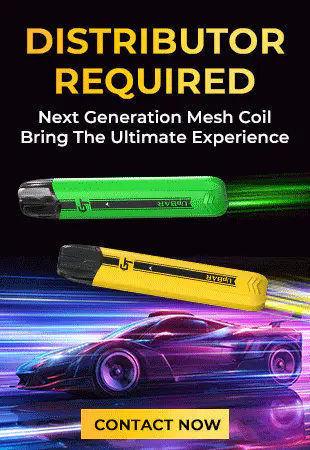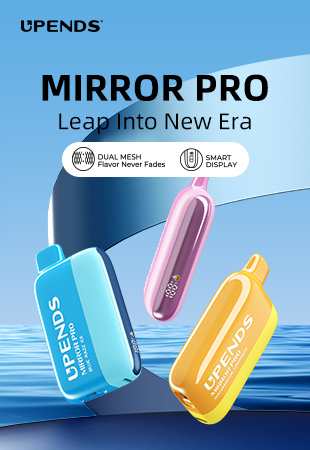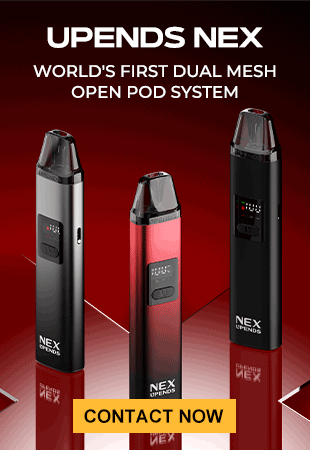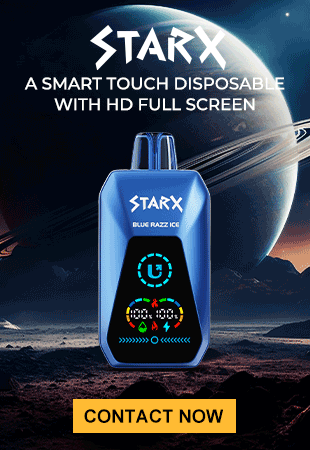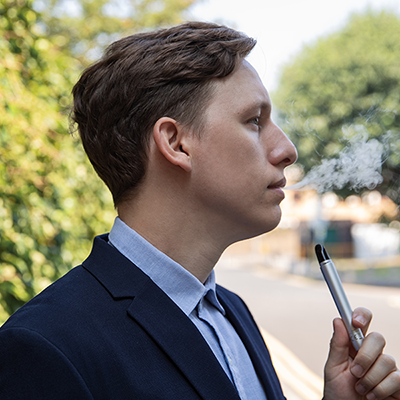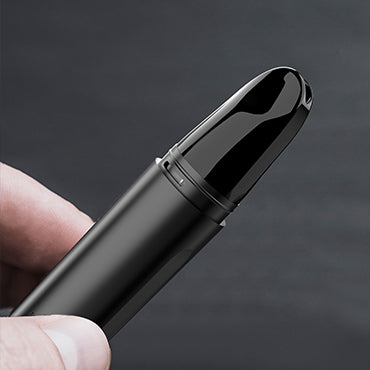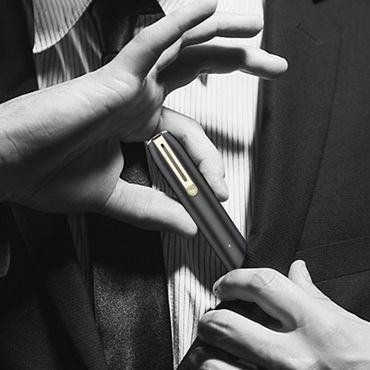What’s in e-juice? This is a question about which there’s a lot of confusion. From seasoned vapers who say “It’s just normal water vapour” (it isn’t) to smoking lobbyists stating, “We don’t know what’s in it” (we do), false information and skewed views about vape juice are just about everywhere.
The good news: there’s no real secret about how e-liquid is manufactured or what goes into it. The ingredients are usually listed on the label; this is EU law, and soon will be in the USA, and reputable liquid manufacturers have been doing it for some time.
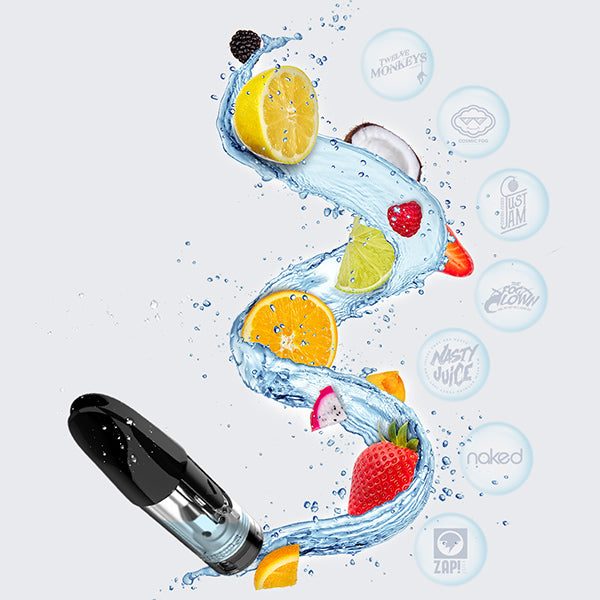
Most e-liquids have four main ingredients. There is some variation, however once you know the basics you’ll be able to spot any differences quickly. In the meantime, here’s is most likely going into your vape device.
Vegetable glycerine
Juices designed for modern devices generally contain vegetable glycerine, or VG – this is often around 50-80% of the juice by proportion. It is a non-toxic, odorless, colourless liquid with a fairly sweet character, widely used in the food industry as a sweetener. Years of research show it has never been linked to any health conditions.
It’s thick and viscous, meaning e-liquids with a higher VG ratio don’t perform well in many older devices and clearomisers, and its heavy nature means it doesn’t always wick well. Some juices use aqueous glycerine – a diluted version – to solve this.
Juices of varying VG ratios generate a great deal of thick vapour, but not a lot of throat hit.
Propylene glycol
Almost all of what isn’t VG in your e-liquid is most likely propylene glycol, or PG. Juices with a higher PG:VG ratio are less viscous, so can be more effective in clearomisers and older atomisers.
Similar to VG, PG is almost odourless and has a faintly sweet character, and is often used by the food industry as a preservative, as well as use in prescription drugs and other products to keep them liquid.
It can also be used as an ingredient in antifreeze, which has caused people to claim that e-liquid features antifreeze. However, like water, PG is just one ingredient in antifreeze, and is included to make it less hazardous to children and pets.
Some minor medical issues for a small proportion of people have been connected to PG. It is a product which has been researched extensively since the 1940s, and classed as generally safe for consumption and inhalation. If you do find any issues with an e-liquid with a higher PG ratio, it is better to switch to an option with a higher proportion of VG.
PG creates less noticeable vapor than VG, so is not as popular with cloud-chasers, but favored by those wishing to vape discreetly. It carries flavor more reliably and offers far more throat hit.
Flavourings
One of the most popular aspects of vaping is the large selection of fruity tastes, and that’s all thanks to flavorings. The liquid bases don’t have much natural taste, so are flavored with food-grade products.
Health concerns about vaping are mostly related to flavorings. Many substances are safe to eat, but not to inhale – diacetyl, for example. However, the vape and e-liquid manufacturing industry has successfully removed additives with which there are concerns. Therefore, it’s best to stick to flavors from reputable vape and e-liquid companies, as these have been created for maximum inhalation safety.
Nicotine
Ultimately, most e-liquids contain nicotine, at varying ratios. This is precisely what makes vaping such a powerful substitute for traditional cigarettes; you can satisfy your urge to smoke, without having to fire up.
While it gets plenty of bad publicity, nicotine essentially a safe substance: it is the cigarette smoke from tobacco cigarettes that causes harm, not the nicotine. In higher doses it has some toxic qualities, but there’s little chance of harm through vaping. Vapers (and cigarette smokers) are extremely efficient at achieving their needed nicotine hit, and no more.
It’s best to steer clear of e-liquids that contain anything aside from these four elements. Nutritional vitamins, colorings, dietary supplements like coffee – these don’t do anything whatsoever for the quality of vaping, and unlike flavorings they haven’t been chosen for basic inhalation safety. If you keep to the components right here, you can look forward to safe and pleasant vaping.



